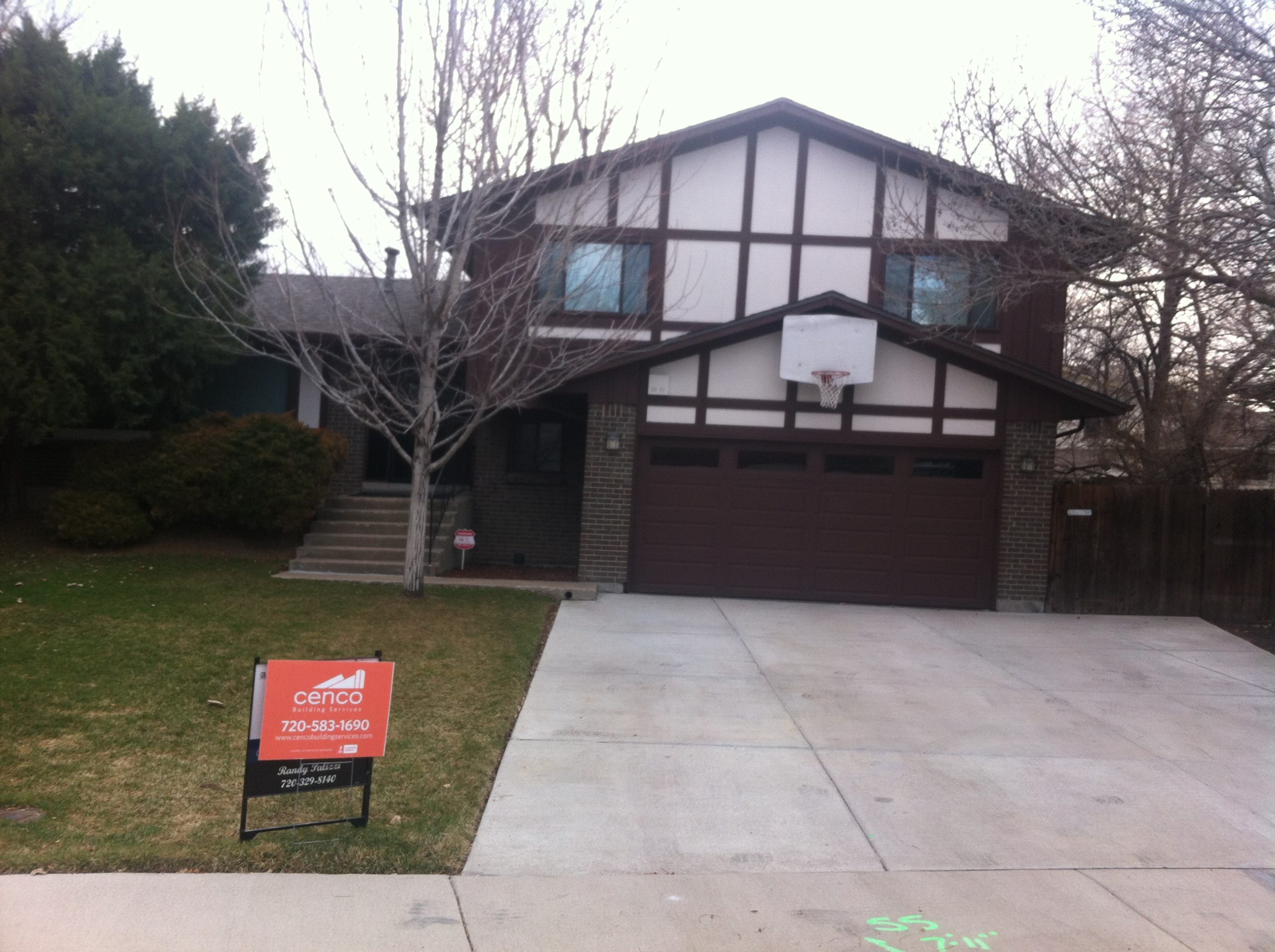With your new roof installed, it is tempting to forget about it for a few years. But while Coloradans enjoy the refreshing change of seasons and the mix of sun and snow, it can have an effect on the longevity of your roofing system. The reason? Constant expansion and contraction. While imperceptible to the naked eye, roofing shingles expand (stretching) and contract (shrinking) each and every day, and those effects are exacerbated by the seasonal change from warm to cold. This process forces individual shingles to unseal. Add in the freezing and melting of snow and the formation of ice dams, and Colorado roofs have to endure a lot during the Winter season. As a Colorado homeowner-especially along the Front Range-you must always be cautious in protecting your home from unwanted effects of the freeze and thaw cycle. Cenco Building Services wants our clients to protect the investment they have made in their roofing system. We offer these 4 simple steps to make sure your roof is ready for the next Denver winter:
1. Clean Your Rooftop!
- During the Fall, lots of roofs collect leaves, pine needles, branches or other debris. Not only does this debris contain acidity that can stick to and break down your shingles prematurely, but it also prevents your roof from draining rain and snow accumulation during the Winter. Any build up on the surface of your shingles allows ice to accumulate, putting unnecessary pressure on the roofing components–unsealing shingles, deteriorating pipe boots and loosening your flashings.
- If you feel comfortable climbing up and working on your roof, use a broom or blower (do not use a rake!) to clean off any debris. Pay extra attention to the valleys and high water traffic areas, so that water can flow into your gutters. If you are not comfortable getting on your roof and notice debris build up, contact Cenco Building Services to have your roof professionally cleaned.
- If your roof has algae on it (green or black staining, common in the mountains), we recommend having your roof professionally cleaned using a product called Roof-a-Cide(tm), the only EPA-approved algicide/fungicide specifically designed and approved for use on roofs.
- When in doubt, call for a free, no-obligation and comprehensive roof inspection by Cenco Building Services so you can check that off your list before the snow flies.
2. Visually Check your roof from the ground.
- While we don’t recommend casually walking the roof of your home due to the inherent dangers, you can usually look from ground-level with a good pair of binoculars to see if there are any loose or missing shingles, exposed or bent flashings (around chimneys, skylights, vent pipes, headwalls and sidewalls). If you find something, best to call the trained professionals at Cenco Building Services to verify and provide a repair.
3. Have Your Gutters Cleaned!
- All gutter systems get clogged at some point, either with leaves or just built up dirt and debris. Clogged gutters can lead to damage from ice dams that form at the roof’s edge due to the water not being able to travel down the gutter and away from the roof. Water also melts “over” the gutter and travels down the fascia and soffit behind them, first creating paint cracking or peeling and then structural damage to the wood itself. Most common areas to spot problems with clogged gutters are inside corners or your soffit, under the gutters, and the gutters themselves (if they are steel, they may be rusted on the inside).
4. Check your attic insulation and ventilation.
- Just like the exterior of your roof interacts with your gutters, the interior of your roofing system interacts with your insulation at the attic cavity. Without proper airflow, breathability and insulation, you could face problems such as unnecessarily high energy bills, moisture build up or premature aging of your roofing system.
- There are a few things to look out for: Make sure there is no pooling or dripping water around your HVAC unit or along any of the roof trusses or decking wood; make sure all your vents are working and unobstructed; check for signs of animal activity (squirrels and even raccoons have been known to nest in poorly ventilated attic spaces; look for any areas where the insulation is disturbed, unevenly distributed, or wet/discolored.
Prevention is the best cure, so put these items on your Winter seasonal checklist to make sure no problems arise. If they do, you can address them before they create any longstanding damage to your roofing system and the protection it provides over your entire house. Cenco Building Services is here to make sure your roof performs as it was designed to do. If you have any questions, call our friendly professionals now at (720) 583-1690 or email us at info@cencobuildingservices.com for answers



